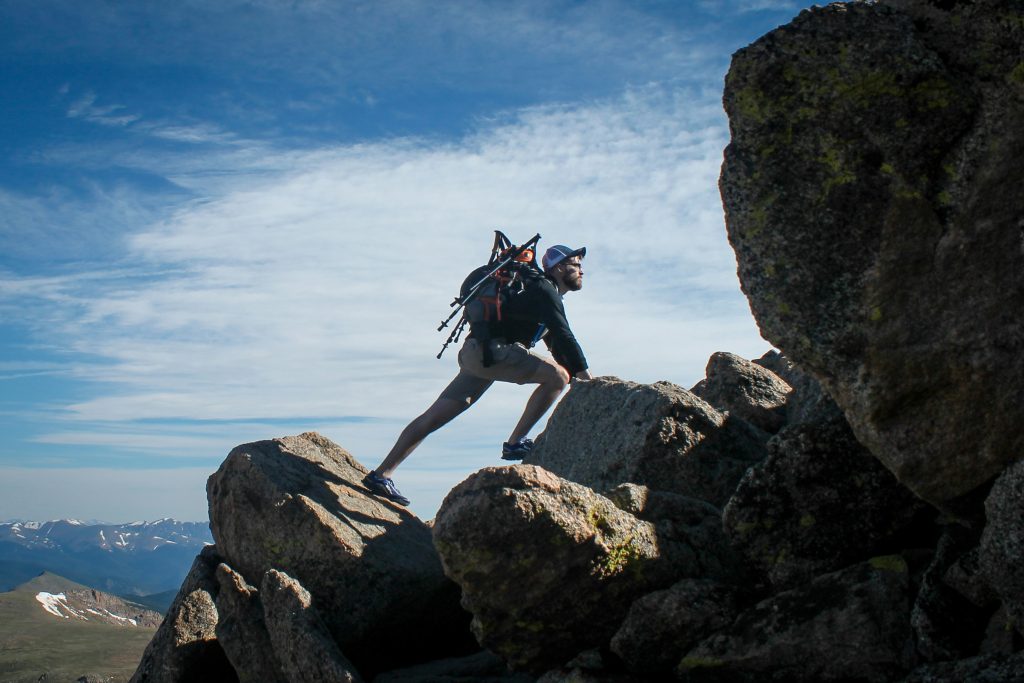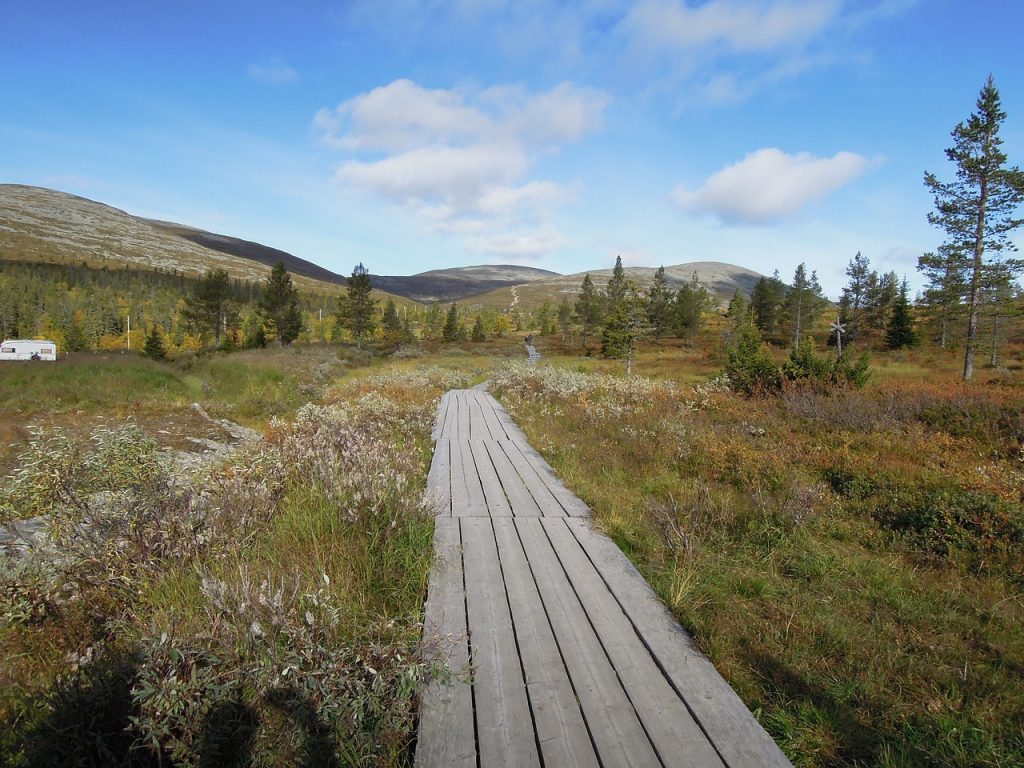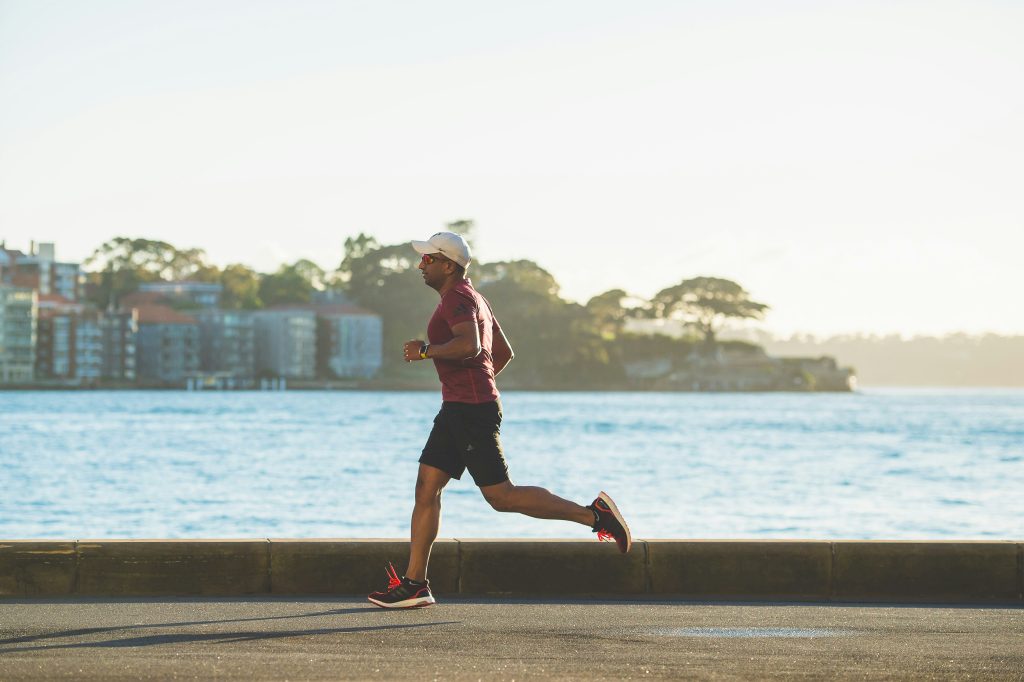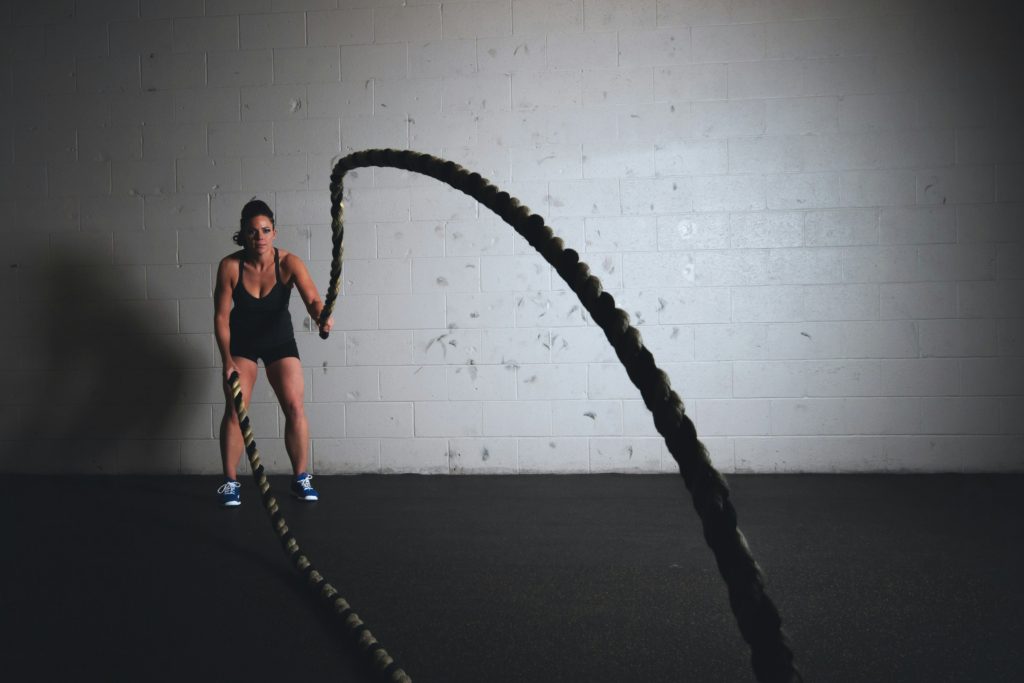Hiking is a rewarding activity that allows you to connect with nature while challenging your physical endurance. Whether you’re a seasoned trekker or a beginner, understanding your hiking speed is crucial for planning your trips effectively…
Knowing the average hiking speed can help you estimate how long it will take to complete a trail, ensuring that you’re well-prepared for the journey ahead. If you find yourself hiking below the average pace, don’t worry—there are plenty of strategies you can implement to improve your speed and enjoy a more efficient hiking experience.
This article will explore what the average hiking speed is, how you can use this speed to better plan your hikes, and provide tips on how to improve your hiking speed, whether you’re below average or already fast but looking to push your limits.
What is the Average Hiking Speed?
The average hiking speed typically ranges between 2 to 3 miles per hour (mph) on flat terrain. This speed can vary based on several factors, including the hiker’s age, fitness level, and the type of terrain being traversed. Generally, younger and more experienced hikers tend to move at a faster pace, while beginners or those with limited mobility might walk more slowly.

Hiking speed is calculated by dividing the distance covered by the time it takes to hike that distance. For example, if you hike 6 miles in 2 hours, your average speed would be 3 mph. It’s important to note that this is a general estimate—individual hiking speeds can differ widely based on personal circumstances and environmental conditions.
For some, maintaining a 3 mph pace might be easy on a well-maintained trail, while others might struggle to reach 2 mph on more challenging terrain. As a result, it’s essential to consider your unique factors when calculating your hiking speed, rather than relying solely on averages.
Factors That Affect Average Hiking Speed
Several factors can influence your hiking speed, either slowing you down or helping you move faster. Understanding these factors can help you plan better and find ways to optimize your pace.
- Terrain: The type of terrain you’re hiking on has a significant impact on your speed. Flat, well-groomed trails allow for faster movement, while rocky, uneven, or steep terrain can slow you down. To improve speed on difficult terrain, practice on similar landscapes to build confidence and skill.

- Elevation Gain: Climbing hills or mountains naturally reduces your speed, especially if the incline is steep. To counteract this, focus on building leg strength and endurance through exercises like lunges and squats.
- Weather Conditions: Weather plays a crucial role in determining your hiking speed. Rain, snow, or strong winds can slow you down, while mild, clear weather can help you maintain a faster pace. Always check the weather forecast before your hike and adjust your plans accordingly.
- Fitness Level: Your overall fitness level greatly influences how quickly you can hike. Regular cardiovascular and strength training can improve your endurance and help you maintain a steady pace over longer distances.

- Load Weight: The weight of your backpack affects your speed. Carrying a heavier load will naturally slow you down, especially on inclines. To mitigate this, pack only the essentials and distribute the weight evenly across your back.
- Group Size and Experience: Hiking in a group can either speed you up or slow you down, depending on the fitness levels and experience of the group members. When hiking with others, it’s important to match the pace of the slowest member to keep the group together and safe.
By being aware of these factors and how they impact your speed, you can better prepare for your hikes and make adjustments to improve your overall pace.
Best Methods for Improving Your Average Hiking Speed
Improving your hiking speed requires a combination of physical training, strategic planning, and practice. Here are some of the best methods to help you hike faster and more efficiently:
- Increase Daily Steps: Walking more throughout the day builds up your endurance and helps condition your body for longer hikes. Try adding an extra 1,000 steps to your daily routine, and gradually increase your goal as your stamina improves.
- Steady-State Cardio: Engaging in steady-state cardio exercises, like running or cycling, improves cardiovascular fitness, which is essential for maintaining a faster hiking pace. Aim for 30-60 minutes of moderate-intensity cardio 3-4 times a week to build endurance.

- Strength Training: Incorporating strength training into your routine can help you build the muscle needed to hike faster, especially on challenging terrain. Focus on exercises like squats, lunges, and deadlifts to strengthen your legs, core, and back. For even better preparation, check out these 11 simple daily stretches for hikers to reduce stiffness and stay limber on the trail.
- Breathing Techniques: Learning how to control your breathing can improve your stamina and help you maintain a consistent pace. Practice deep, diaphragmatic breathing to ensure your muscles get the oxygen they need during strenuous hikes.
- Proper Fueling: Eating a balanced diet rich in complex carbohydrates, lean proteins, and healthy fats provides the energy your body needs for hiking. Before a hike, fuel up with slow-digesting carbs like oats or whole grains, and bring along snacks like nuts or energy bars to keep your energy levels stable.
- Pacing Yourself: Start your hike at a steady pace that you can maintain over the long haul. Avoid the temptation to sprint ahead, as this can lead to early fatigue. Instead, focus on maintaining a consistent speed, taking short breaks when needed.
- Correct Mindset: A positive mindset can make a significant difference in your hiking performance. Set achievable goals, stay focused, and push yourself to keep going, even when the trail gets tough. Mental resilience is just as important as physical endurance when it comes to hiking at a faster pace.

By incorporating these methods into your daily routine, you can gradually increase your hiking speed, making your adventures more enjoyable and allowing you to cover more ground in less time.
Other Important Factors That Will Affect Hiking Speed & Timing
Beyond the obvious physical and environmental factors, there are several other considerations that can impact your hiking speed and timing. Being aware of these can help you plan more effectively and avoid common pitfalls.
- Unexpected Changes in Weather: Weather can change rapidly, especially in mountainous areas. Rain, snow, or high winds can significantly slow your pace and increase the risk of injury. Always check the weather before heading out and be prepared to adjust your plans if conditions worsen.

- Take Breaks, Vary Periods of High and Low Intensity Walking Pace: Incorporating periods of higher intensity walking followed by slower, more relaxed paces can help you maintain energy over longer distances. Taking regular breaks is also crucial for preventing burnout, allowing your muscles to recover so you can maintain a steady pace throughout the day.
- Plan and Account for Delays, Mistakes, and Backtracking When Necessary: Even the best-laid plans can go awry. Getting lost, taking a wrong turn, or having to backtrack can all affect your hiking speed. Plan for these potential delays by adding extra time to your estimated hiking duration.
- Size and Weight of Backpacks Will Affect Your Speed: Carrying a heavy backpack can significantly slow you down, especially on inclines. To maintain a good pace, pack only what you need and distribute the weight evenly.
- Account for Time to Enjoy and Take in the Scenery: One of the joys of hiking is being able to appreciate the natural beauty around you. While it’s important to keep a good pace, don’t forget to take breaks to enjoy the scenery. This can also serve as a mental reset, helping you stay motivated and energized.
- Taking the Safer Route May Take Longer, Avoid Dangerous Shortcuts: While it might be tempting to take a shortcut, it’s often safer and more efficient to stick to established trails. Shortcuts can be more dangerous, especially in unfamiliar terrain, and can end up taking more time if they lead to difficult or impassable areas.
- Use Apps and Wearables to Monitor Your Progress: Technology can be a valuable tool for tracking your hiking speed and progress. Apps and wearables can provide real-time data on your pace, distance, and estimated time of arrival, helping you stay on track and make adjustments as needed.

In Conclusion
Understanding your average hiking speed and knowing how to improve it can make a significant difference in your hiking experience. Whether you’re a beginner looking to increase your pace or an experienced hiker aiming to push your limits, the strategies outlined in this article can help you achieve your goals.
By incorporating physical training, proper pacing, and mindful preparation into your routine, you can hike more efficiently, cover greater distances, and enjoy your time on the trail to the fullest. So lace up your boots, hit the trail, and start improving your hiking speed today!



